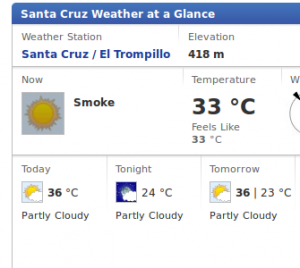So Bolivia actually has an interesting relationship with China since basically everything that is sold here (and everywhere right?) is from China. But it’s a common thing to say to someone, “Is that real or is it Chinese” as a way to inquire about the quality of something. It’s gotten to the point that “Chinese” is synonymous with “poor quality” even when referring to things not made in China. They also like to use the phrase “work like a Chinese man” to indicate someone working extremely long hours in poor conditions. At first I was shocked at how un-pc these comments were, particularly since people here have very little knowledge about what China is actually like and have met very few, if any, Chinese people. But there’s no word I know of for ‘pc’ in Bolivian spanish, so I just let it go.
Some of the products that come to Bolivia I’m certain would never be accepted for import into the U.S. One example of which is this darling pregnant barbie doll called “Happy Every Day.”

Not to be outdone, we saw another package with the same pregnant barbie dolled labeled “Teenage Pregnancy Beautiful.” We all let out a collective What!? when we saw that one, but unfortunately couldn’t get a picture.
Another fun story is the kite Tom bought. He was really excited to try it out the next day but was disappointed when it wouldn’t actually fly. As he put it, “It seems as if someone who had seen a kite before said oh I can make that but didn’t actually understand the concept.” The directions on the package should have probably been a tip off to us. “CAUTION: Fly your kite in large field, avolding your kite the railway. Trafficroad, the eletrlc line and high pressure wire field, vallay or near airport. Made in China.”

